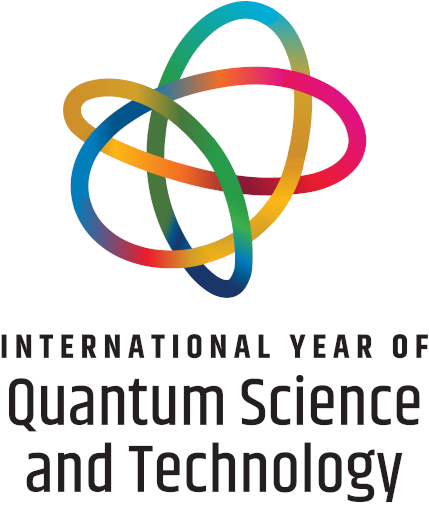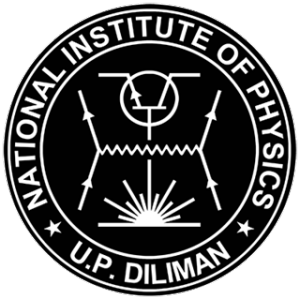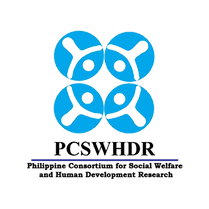A photophysics approach in developing red fluorescent proteins
Abstract
Fluorescent proteins (FPs) are essential for biological and biomedical research owing to their genetic encodability and rich photophysical properties. Red FPs (RFPs) are advantageous in bioimaging due to the reduced light attenuation in biological samples. We developed several bright RFPs through directed evolution using home-built multiparameter microfluidic sorting platforms. The photophysics of these RFPs has been investigated to understand the origin of the improvement in brightness. In addition, we also investigated the reversible photoswitching property of FusionRed, a monomeric red FP with low cytotoxicity and good fusion properties in mammalian cells, and its variant FusionRed-MQ, under low imaging irradiances that were unexplored previously. We are developing a microarray cell sorter integrating single cell image analysis, extended measuring time and flexible cell-selection capacity. This microarray cell sorter is broadly applicable in various cell sorting scenarios, including developing photoswitchable RFPs that are desired in super-resolution microscopy.
Downloads
Issue
Entangled!
25-28 June 2025, National Institute of Physics, University of the Philippines Diliman
Please visit the SPP2025 activity webpage for more information on this year's Physics Congress.
SPP2025 Conference Organizers
SPP2025 Editorial Board
SPP2025 Partners and Sponsors











